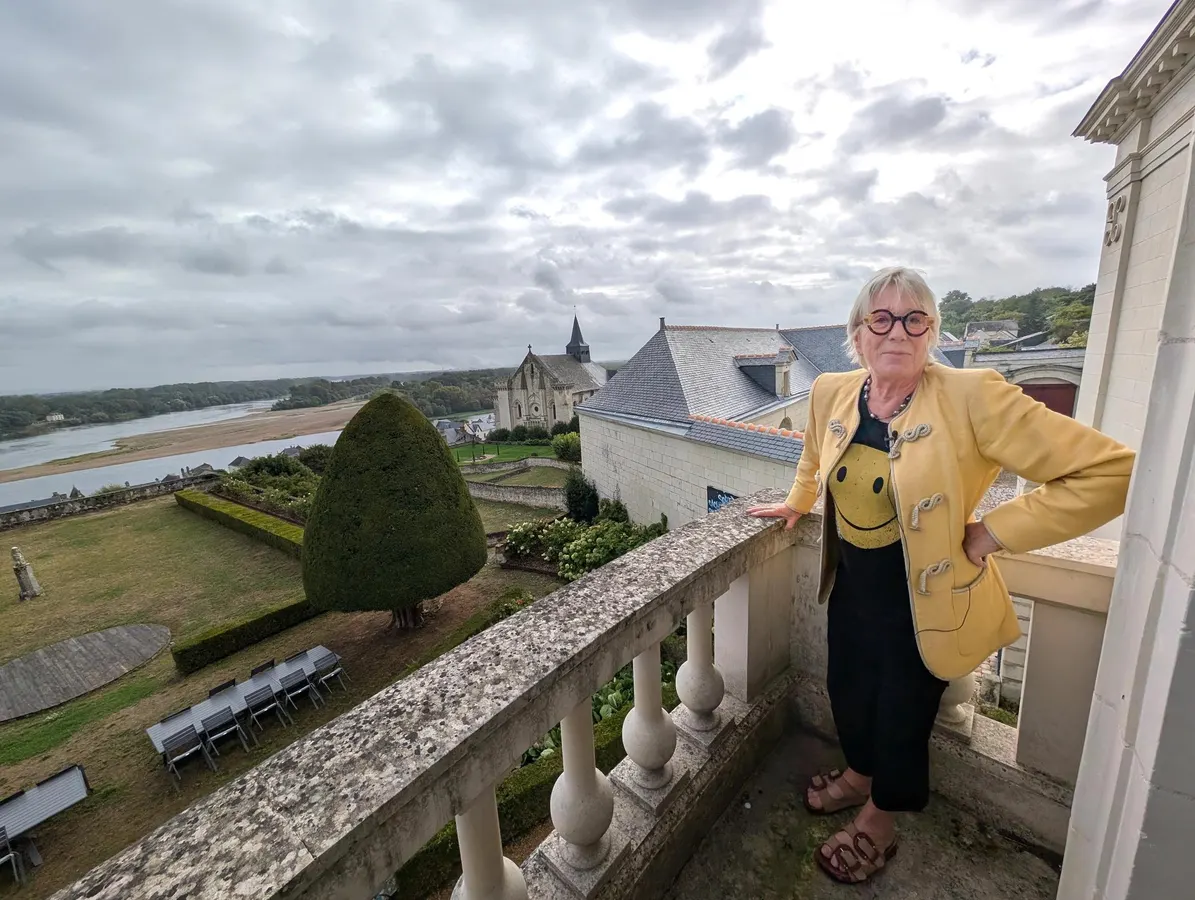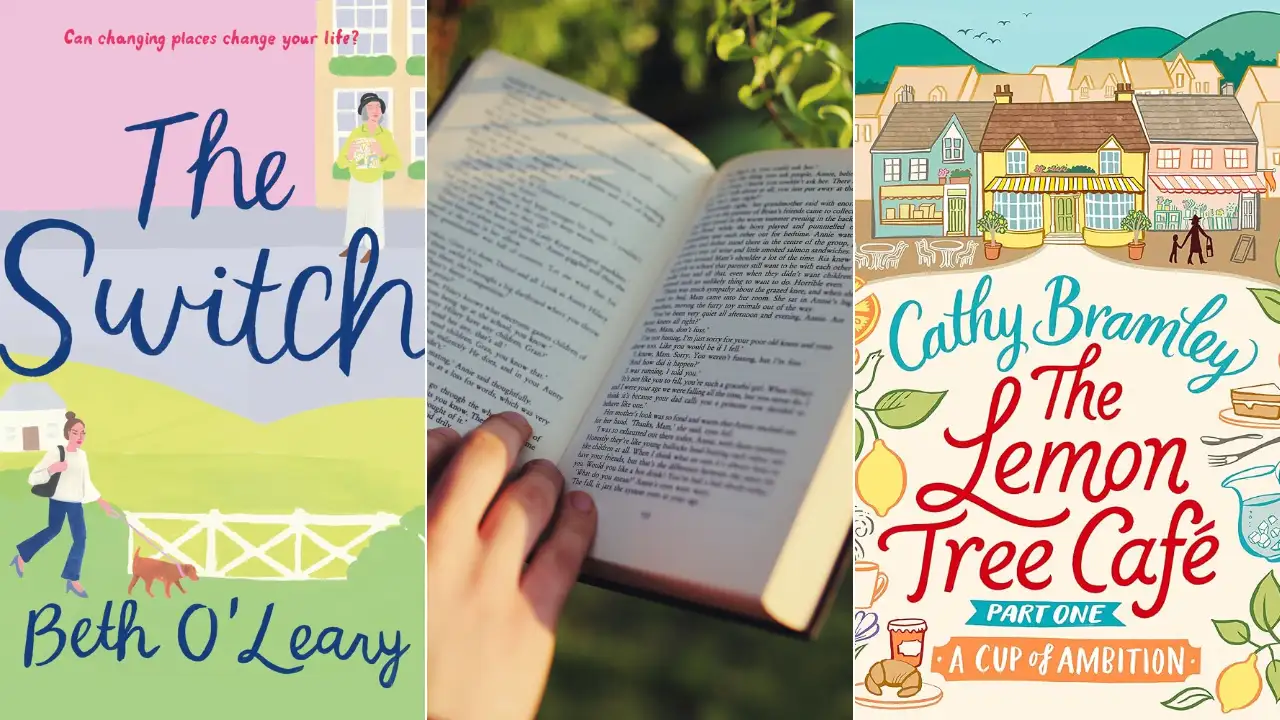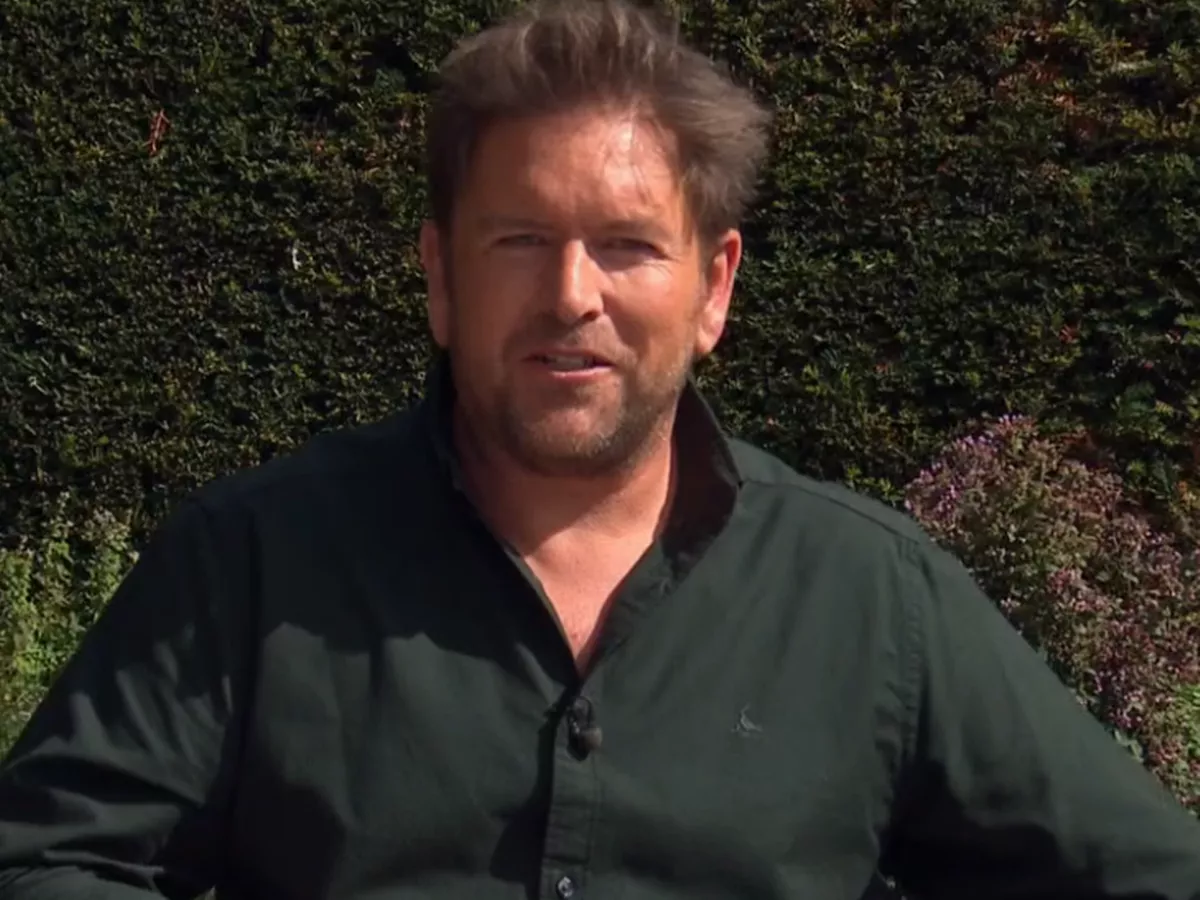Copyright forbes

Château de Candes co-owner Monique Pignet on the balcony of the château's master bedroom. Aren Elliott Admit it, vacationing in a French château is a little bit of a cliché. So when the Château de Candes set out to turn itself into a wellness resort, its owners had one thing in mind: They didn't want to be like everyone else. And that's exactly what they've done. When you set foot inside the 19th-century neoclassical hotel, built on a UNESCO World Heritage Site about a two-hour train ride from Paris, everything is, well, different. Sure, you have those panoramic views of the Loire, and of the iconic village of Candes-Saint-Martin just below. There's a vast wine cellar with the press still intact. And there's a medieval tower where you can sleep, if you're feeling adventurous. But keep looking. Bertrand Pignet, the Château de Candes's general manager. Aren Elliott A "non-elitist" art hotel in the Loire Valley Château de Candes is both a wellness center and, for lack of a better term, an artist colony. Bertrand Pignet, the château's general manager, calls it an art hotel. The property has hosted over 40 resident artists who create modernist paintings, sculptures and other forms of visual art on permanent display throughout the property. "We wanted to break the image of a castle frozen in time and open it up to everyone in a non-elitist spirit," he says. The story behind this unconventional approach begins with his mother, Monique Pignet, who says she initially resisted the idea of buying a castle 17 years ago. "I like Paris," she says. "I like big cities." But when she saw Candes, particularly the views where the Loire and Vienne rivers meet, she was won over. Monique and her husband, Didier, took on the painstaking restoration themselves. She meticulously oversaw construction of a new staircase to match the original style and preserved priceless 17th-century wallpaper. Her guiding principle? Unity and calmness in design. It's almost as if she'd planned to turn it into a wellness resort all along. Co-owner Didier Pignet in one of the Château de Candes's new rooms. Aren Elliott When fire juggling meets hospitality management Bertrand and his wife, Jingwen, took over management in 2022. But like almost everything else at Château de Candes, this isn't your typical hotel succession story. Bertrand Pignet spent a decade as a professional fire juggler and dancer, traveling globally with his Chinese wife. They even reached the semi-finals of China's Got Talent in 2021. Now they're applying those performance skills to hospitality. What do fire juggling and hospitality management have in common? Plenty. Both require discipline and organizational skills. You also need to understand your audience and its needs. Bertrand Pignet says while many fire jugglers have a reputation for their intensity, his performances — and he still performs from time to time — are quietly poetic, often evoking an emotional response from his audience, not unlike the art displayed in the château's park. The tower room at the Château de Candes. Aren Elliott More than just another spa treatment The Château de Candes offers something genuinely different from conventional luxury wellness retreats. The centerpiece is the Troglodyte Spa, buried within ancient caves originally used as prune-drying ovens. These caves are said to possess special "telluric" energy from the stone, that fosters deep relaxation. "It has a very earthy smell," says Monique Pignet. "The energy is good." The spa includes an indoor pool, sauna, relaxation areas, and massage cabins, all designed around a centuries-old cave. But the wellness philosophy goes deeper. Hatha and vinyasa yoga classes take place in a geodesic dome within the château's 12-acre park. Everything — right down to the landscaping — is done with wellness in mind. The rounded topiaries overlook a field of lavender. "It's calming," she says. The connection between art and wellness isn't theoretical here. As Bertrand Pignet puts it: "Art can soothe you." Most visitors to the art park finish their visit saying they feel like time itself was suspended as they walked through the oak forest. An historic riverboat on the Loire river. The Château de Candes offers guests tours of the river during their stay. Aren Elliott At this château, the accommodations tell their own story The 34 rooms spread across 21 independent units range from seven bedrooms in the main castle to two in a tower, as well as various small private houses. Each comes with its own kitchen — a practical choice borne from Monique Pigner's experience traveling with small children and wanting to cook for them. "We wanted to make people feel at home," she explains. The newly opened on-site restaurant, Baladin, reinforces this philosophy with homemade, locally sourced, organic, and vegetarian-friendly dishes at what she calls "friendly" prices. This isn't about creating a four-star hotel experience in the traditional sense. Rather, it's about making you feel something. The art of authentic French hospitality Guests who come to the château are looking for something out of the ordinary, says Bertrand Pignet. "Usually the guests that come here are happy to be here because they were looking for something different, and they found it." The challenge, he acknowledges, is conveying the spirit of a place through words or images before guests arrive. "It's quite difficult," he admits. "You can use words. You can put videos, photos, but it's quite hard to tell the proper story without somehow simplifying it or choosing one aspect." That's where the personal touch makes all the difference. When cyclists stop by the restaurant during their Loire Valley tours, Bertrand engages with them, shows them around, and often converts a meal into an overnight stay for their next visit. There are some things you would expect. For example, the property offers authentic fishing trips down the river on a traditional wooden boat, and visits to nearby La Champignonnière du Saut aux Loups, a historic mushroom farm where visitors can taste local specialties like galipettes — stuffed mushrooms cooked in traditional ovens. Art in the forest of the Château de Candes. Aren Elliott What makes the Château de Candes tick Walking through the château, you sense this isn't hospitality by formula. It's deeply personal and influenced by a family's passions and quirky journey from Parisian city-dwellers to château owners to fire juggliers — and back to French hospitality management. The eclectic approach works. Maybe it's the meeting of two rivers that creates a special energy. Maybe it's the combination of ancient stones, contemporary art, and genuine family warmth. Or maybe it's simply what happens when people stop trying to be like everyone else and start being themselves. In a world where boutique hotels often feel like they're following the same playbook, Château de Candes offers something rare: it's a hotel where the owners threw out the manual and decided to go their own way. Does it work? It depends on what kind of traveler you are. If you like predictable, cookie-cutter hotels, then perhaps not. But if you're the type who's grown tired of places that all look the same, then maybe a château where fire jugglers serve breakfast and artists paint among ancient trees is exactly the kind of vacation you never knew you were looking for. Editorial StandardsReprints & Permissions



